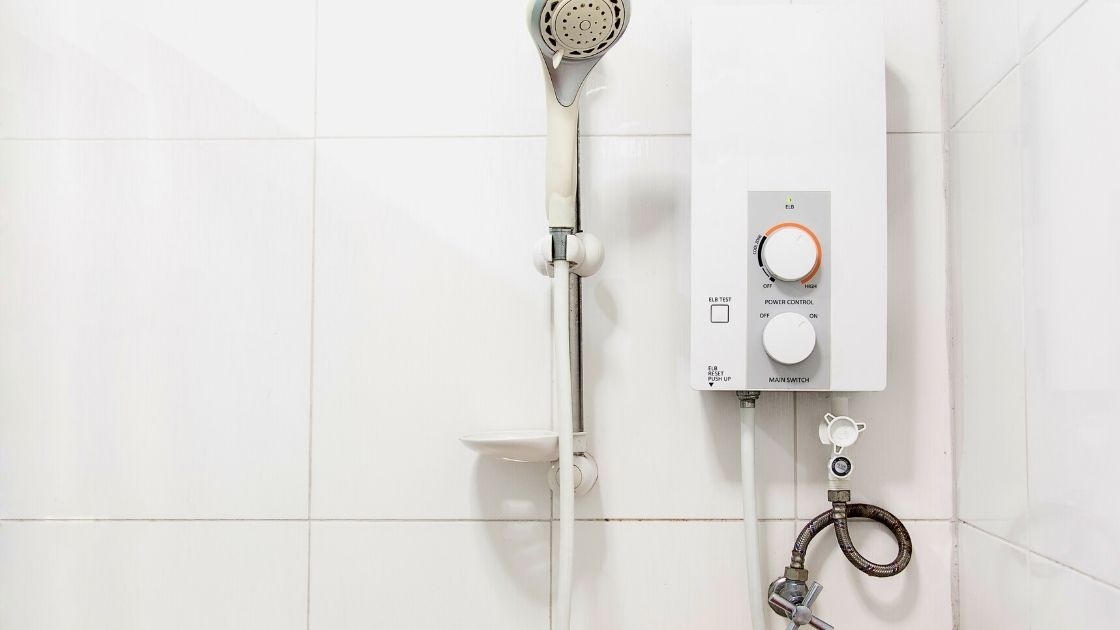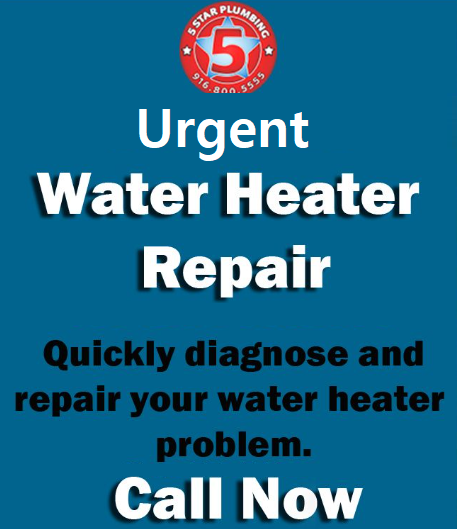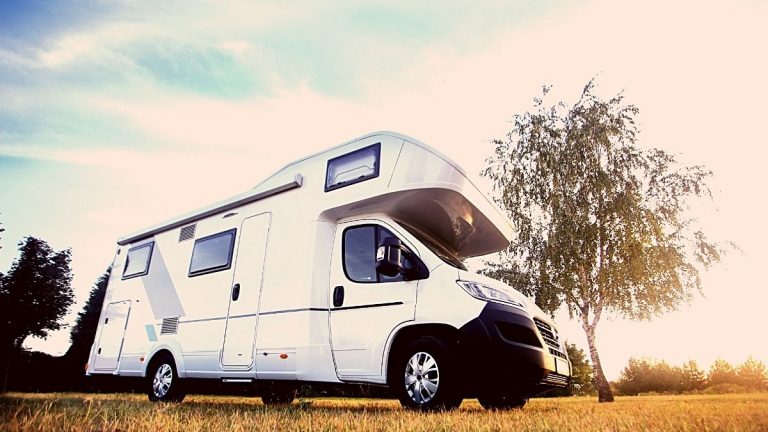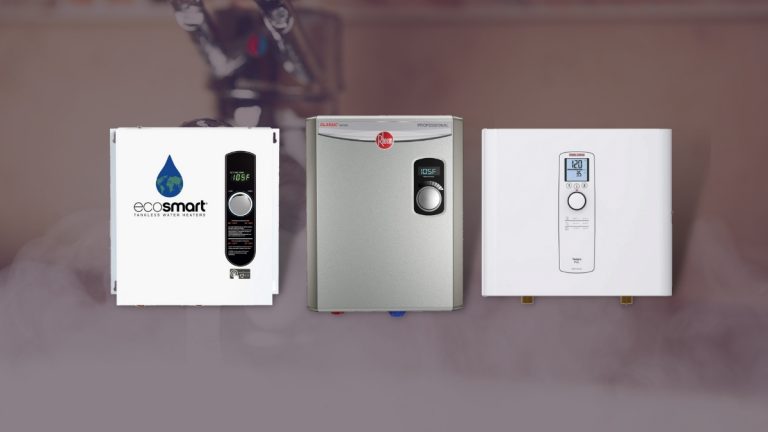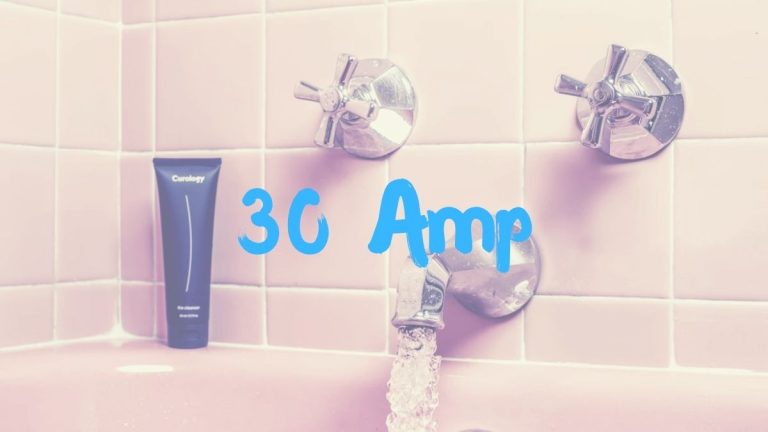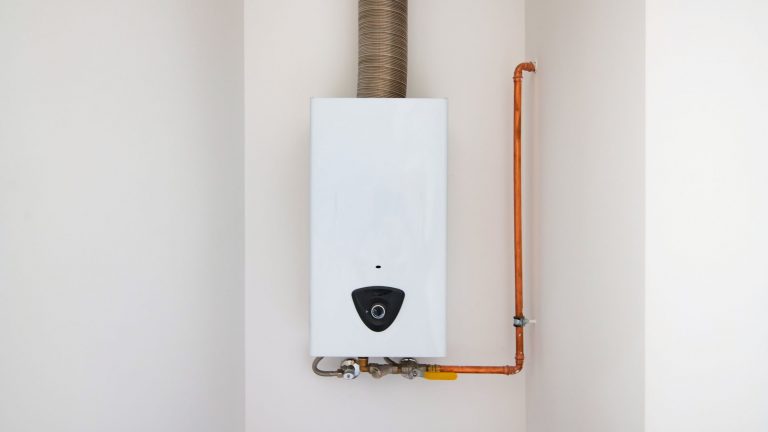7 Best Point of Use Tankless Water Heater in 2022- [Reviews & Guide]
Looking for the best point of use tankless water heater? I have got you covered, keep reading.
The point of use (POU) tankless water heaters are smaller, cheaper, and compact heaters that are installed directly near the fixtures where hot water is required. Such type of water heater provides hot water to only a single outlet at a time. The POU tankless water heaters are the perfect solution for the furthest outlets where a centralized water heating system can’t reach or if their primary heating system can’t catch up with household demands. Most people use POU units near the shower, under the kitchen sink, and also in the garage, office, salons, and RVs.
The benefits of POU water heaters? Cuts down on waiting time for hot water. Since point-of-use water heaters are installed near the fixtures, you don’t have to wait minutes for hot water to reach you from a distant centralized heater. In this process, you also save energy and wasted cold water.
So what’s coming? In this comprehensive article, I have curated the top 7 point of use tankless water heaters from the most trusted brands for a variety of needs. The list includes the best tankless water heaters for the shower, kitchen sink, handwash, washing machine, and commercial places. I have also tried to answer some of the most popular questions related to the POU tankless water heaters which hopefully will solve the confusion for most people.
REVIEWS: 7 best point of use tankless water heaters
Most of the point-of-use tankless water heaters are electric since it’s not really a good idea to run a gas line to each POU heater you install in your home.
1.EcoSmart Eco11
For bathroom and shower in the warm region

- Activation flow: 0.3 GPM
- Max flow: 1.3 to 3.1 GPM
- Breaker required: A 60Amp double pole
- 99% energy efficient
The first one in our list of the best point-of-use tankless water heaters is the EcoSmart Eco11. It is small and compact in size and can fit in a confined space like under the sink.
If you leave in warm places like Florida with 77°F inlet temperature then you can expect a flow rate of ~3 GPM which is sufficient for a shower and sink or a bathtub. But if you live in a colder climate then you can expect upto a 1.3 GPM flow rate, as per the manufacturer. Meaning, in colder climates it’s best for kitchen fixtures. This tankless water heater comes with a neat digital display and a convenient temperature control knob.
Speaking of the inside, the Eco11 comes with self-modulation technology that ensures smart energy savings by controlling and optimizing the energy used to heat water.
The 13kW unit can draw Max 57 Amperage and runs on 220Volts. You will need hardwiring for the unit.
The thing with EcoSmart is the customer service. Lately, I can see a lot of people are complaining of poor customer service experience and difficulties availing warranty. Also, recently a lot of people are experiencing leakage problems.
2.RINKMO 18kW electric tankless
For shower in cold region

- Activation flow: 0.4 GPM
- Max flow: 1.8 – 4.5 GPM
- Breaker required: 2 X 40Amp double pole
This point of use electric tankless water heater is especially for people living in the northern US where the temperature falls below 40°F. The RINKMO tankless water heater has a fine stylish design that can blend well with your home decor.
It features a pair of 18kW (9kW each) heating elements that can heat water at upto 1.8 GPM at 105°F rise in freezing Northside. For starters, it’s a sufficient flow rate to take a soothing warm shower without the problem of reduced flow. It also has a good 0.4 GPM activation flow rate.
The RINKMO tankless water heater equips Smart Modulation technology with temperature and flow sensors that not just save energy but provides an extra layer of protection. It stops the system when it detects water overheating and thus saves you from scalds. The modulation feature also helps you save upto 50% on water heating costs. RINKMO comes with dual temperature options: to switch between Celsius and Fahrenheit.
Drawbacks? What I have been noticing among many users is that they are having problems with temperature stability. And some people are complaining that the unit takes a lot of time to adjust if we change temperature.
3.EcoSmart 8kW
For kitchen and bathroom faucet

- Activation flow: 0.3 GPM
- Max flow: 0.8 – 1.9 GPM
- Breaker required: A 40Amp double pole
The EcoSmart 8kW electric tankless water heater is feature-wise identical to the first one in the list, except for the power. It’s an 8kW point-of-use model ie. with lower power. It is ideal for the kitchen sink and other low-flow outlets. You can expect at least 0.8 GPM flow in regions like Alaska and Minnesota where the temperature drops below 40°F.
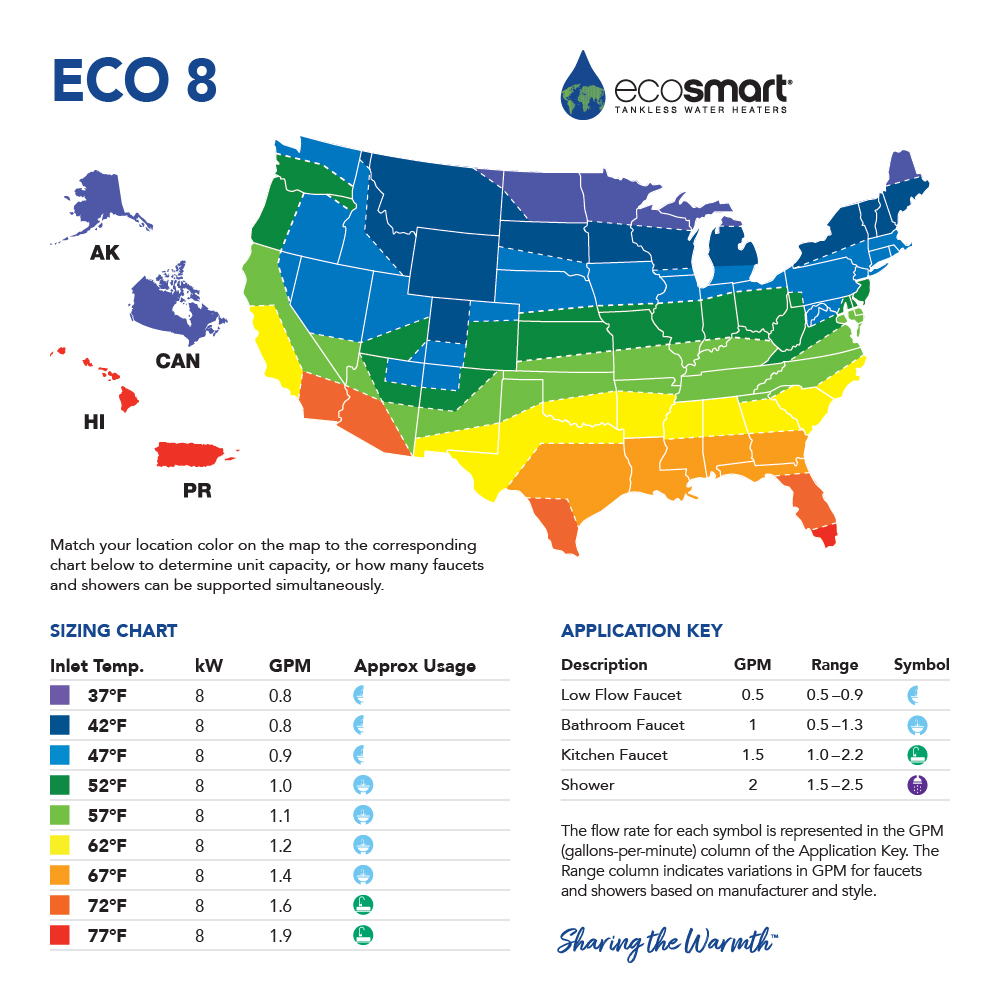
Built-wise, the unit is very lightweight, small, and can fit almost anywhere. The tankless water heater can easily disappear under your kitchen sink. It has easy to replace the threaded heating element. The self-modulation tech ensures maximum efficiency and cost savings. As per EnergyGuide, the unit can cost at upto $74 on the annual energy bill.
The thing that you should make sure of with any of EcoSmart water heaters is to register them within 30 days of purchase to be eligible for the warranty.
4.Rheem RTEX-13
For washing machine use

- Activation flow: 0.3 GPM
- Max flow: 1 – 3.7 GPM
- Breaker required: 1X 60Amp double pole
- 99.8% energy efficient
RTEX-13 is one of the most popular point of use electric tankless water heaters from Rheem. The 13kW unit fast delivers hot water on demand. As per the maker, the unit can heat water at the pace of 1 to 3.7 GPM range which I advise you to take with a pinch of salt.
It is a good point of use water heater for households in Central US with a groundwater temperature range of 50 – 60°F. You can expect a fine 1.5 – 2 GPM flow rate which is sufficient to take showers, doing dishes. You can also use it to supply hot water to your washing machine.
Speaking of build and design, the RTEX-13 takes up 12.63″ x 8.25″ x 3.63″ space on your wall or cabinet. It has a long-lasting threaded copper heating elements setup that is easy to clean and replace. The unit stresses digital thermostatic temperature control with 1°F accuracy. It also employs self-modulation technology for better heating and energy savings.
However, I have been observing that a lot of people are facing performance problems with this unit which is possibly due to not being installed by a professional. I advise if you plan to buy this unit then get it installed by a professional.
5.Stiebel Eltron Mini 3-1
120V POU tankless water heater for hand washing

- Activation flow: 0.4 GPM
- Max flow: 0.5 GPM
- Breaker required: 25 Amp single pole
If you are looking for a small, compact, and reliable hot water solution for handwashing then the Stiebel Mini series 3-1 is the perfect fit. The small unit takes only 6.5″ X3.75″ X7.5″ space under your sink and is easiest to install.
It comes with a pre-wired pigtail that makes it effortless to hardwire. You can also plug it in the socket but it’s advised that you have a separate socket with a 30Amp SP breaker for it.
With a maximum flow rate of 0.5 GPM, the Stiebel mini tankless unit delivers quick hot water whenever you need it without using much power. If you are in the northern region with under temperature below 50°F then you will need a more powerful, 6-2 variant to meet the temperature rise demand.
6.ECOTOUCH ECO55 5.5kW
For kitchen and handwashing in cold region

- Activation flow: 0.4 GPM
- Max flow: 0.5 – 1.5 GPM
- Breaker required: 30Amp double pole
- 98% energy efficient
The ECOTOUCH 5.5kW tankless water heater runs on 220volt that’s designed specifically for the sink. It offers hot water flow in the range of 0.5 to upto 1.5 GPM. For people living in the North region, it’s perfect for hand washing and low flow lavatory sinks. It can also be used in various commercial places like salons, offices, and even in RV with 220V supply.
People on the southern side can use this point of use tankless unit as well for a kitchen sink with upto 1 GPM rate. Do not use it for shower nor expect to reach the advertised max flow of 1.5 GPM.
The unit has stylish aesthetics that complement your home decor. You can mount it in any of the 360° angles like horizontally or vertically. The unit has standard ½” NPT connectors plus a gasket which makes plumbing a breeze.
ECOTOUCH features self-modulation technology that not just cuts down on energy cost but also protects users from scalding due to overheating.
7.VEVOR 12L
Gas point of use tankless water heater

- Maximum flow: 3 GPM
- Requires 2X1.5V battery to start
- Liquid propane gas powered
- 40% energy efficiency
The VEVOR 12L is the only gas-powered point-of-use tankless water heater on this list. It is very stylish, comes with stainless steel design and copper core. The unit is very compact can be installed anywhere with proper ventilation for exhaust gas.
It has a digital temperature display with knobs to control temperature and gas feeding. The unit requires dual 1.5V batteries for electric and ignition functionality.
VEVOR has multiple layers of protection like overheating protection to prevent scalding, no ignition detection, and low-pressure detection among other things.
The LPG-powered VEVOR water heater delivers on-demand instant hot water with upto 3 GPM flow rate in a warm climate. The unit can be used anywhere like in the kitchen with proper venting, RV, and anywhere there’s a need for hot water. But as with most gas-fuelled water heaters, the unit is only upto 40% energy efficient. Learn more about the pros and cons of gas vs electric tankless water heaters here.
If you need a more efficient whole house electric tankless water heater then click here.
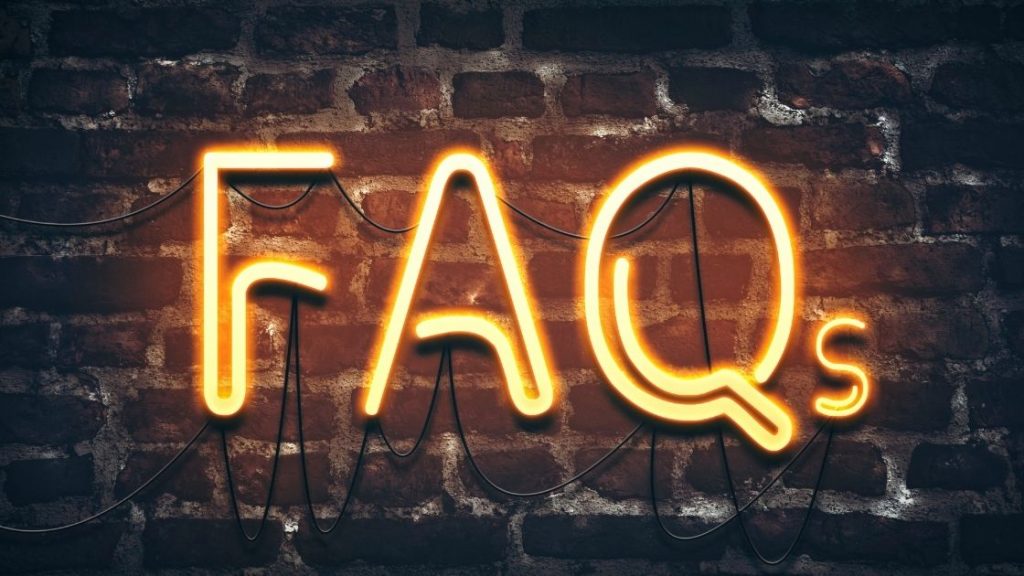
FAQs: best point of use tankless water heaters in 2021
How to install a tankless point-of-use water heater?
Installing point of use tankless water heater is easy if you have basic plumbing and electric wiring knowledge or let the professional do the job.
First, mount the unit on the wall near your point of use fixture. Cut the pipe that goes to your fixture. Connect the incoming cold water line to the inlet of the heater (usually blue) and then connect the outlet of the heater(usually red) to the other end of the fixture. Make sure you have properly sealed the pipes with the help of Teflon tapes.
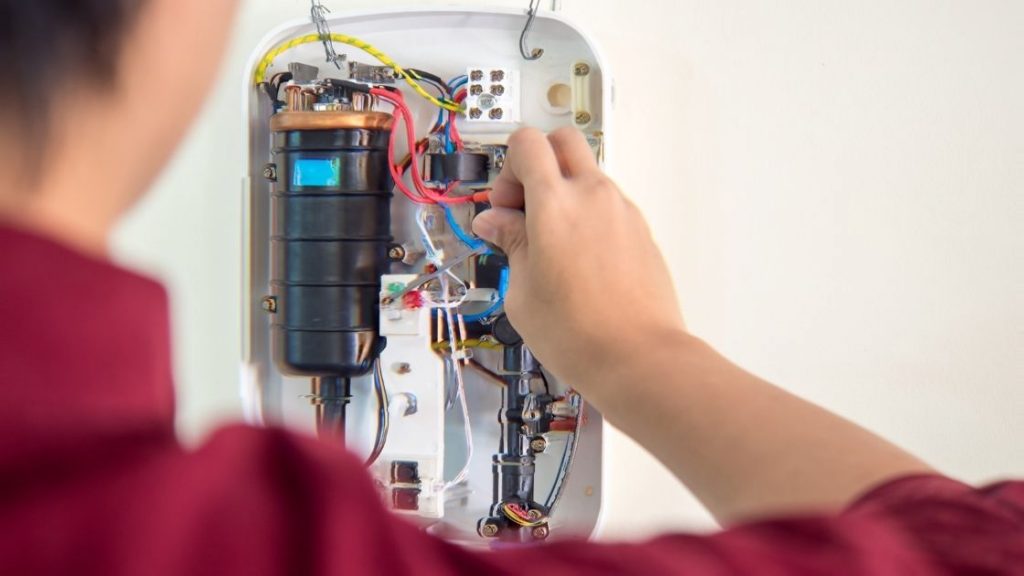
Now make sure the main power supply is off and no electricity is running in the home. Hardwire the water heater to the circuit with proper breakers as advised by the manufacturer.
Once done, switch on the power. Open the fixture and enjoy hot water. Always follow the manufacturer’s installation guidelines for a smoother experience.
Can you shower with a point-of-use tankless water heater?
Yes, in fact, a point-of-use tankless water heater is quite popular for the shower. Just make sure you have one of the proper size. Usually installed near the shower outlet, the unit should have a hot water flow rate matching your shower head. If you have a water-saving showerhead with a 1.5 GPM flow rate then install the water heater with a minimum 1.5 GPM outlet flow.
What should the size point of use water heater be used to heat water for your washing machine?
It’s easy to find the POU water heater for the washing machine. First, find out the GPM of your washing machine which you should be able to locate on the sticker or manufacturer’s website. Then look for a water heater with a flow rate according to that. u003cbru003eUsually, 2 – 3 GPM POU tankless water heaters are used for washing machines.
How do I choose a point of use water heater?
You should choose the point of use water heater based on the fixture that you are buying the heater for. If you looking for a POU water heater for a shower that has a flow rate in the range of 1.5 -2.5 GPM then look for a water heater with similar output. Similarly, for the kitchen sink, you will want a 1 GPM water heater. It all boils down to the flow rate of the concerned fixture. Also, you will need to take your water inlet and desired outlet temperatures into consideration as they affect the hot water flow rate.
What does point of use mean on a tankless water heater?
Point of Use or POU means water heater installed near the location of use. Such heaters are smaller in size and capacity and can only serve one or two fixtures at Max. POU units are commonly installed near showers, under the kitchen sink,s or anywhere where centralized heating can’t efficiently reach.
What is the best point of use a tankless water heater?
The best point of use tankless water heater is the one that can consistently provide hot water with desired flow rate and depends on your use and the surrounding climate. If you need POU tankless water heater for a shower then EcoSmart Eco11 and RINKMO 18kW are the best. For kitchen sink or hand washing, you can go with Eco 8kW or Rheem RTEX-13.
Which fuel source is best for a point-of-use tankless water heater?
Most people using point-of-use tankless water heaters go for the electric type which is the most convenient. These are cheaper, easy to install, and do not require to build a vent and run a gas line to each of your POU locations.
Who makes the best point of using a water heater?
The point of use tankless water heater brands in my opinion are EcoSmart, Rheem, Stiebel Eltron, and Bosch.
Who needs a point-of-use tankless water heater?
If there’s a fixture at your home that just doesn’t get hot enough water from your centralized heating or you are remodeling or you have an older home then the best solution for you is the point of use a tankless water heater. Also if your primary water heating system is not able to keep up with hot water demand then you can employ a POU unit. Sometimes installing a smaller POU unit is more convenient and feasible than retrofitting the whole building
When should I use a point-of-use water heater and what are the advantages?
If your centralized or whole house water heater is far away from a fixture where you want hot water. Or when your primary heater can’t keep up with your household demand then a POU water is recommended. u003cbru003eu003cbru003eThe advantage of a POU water heater includes instant hot water with no delay that occurs due to water traveling from a large pipe distance. You save money and energy otherwise wasted in heating the water that remains in the long pipes.
What is the difference between point of use and tankless water heaters?
The point of use water heaters are smaller, compact, less powerful, and installed near the intended fixtures, and only feed one or two outlets. POU water heaters are usually electric types. u003cbru003eu003cbru003eTankless water heaters or centralized water heaters are more powerful, bigger with a higher flow rate are connected to the whole plumbing system, and provide hot water to all fixtures. Centralized units are usually gas-powered.

